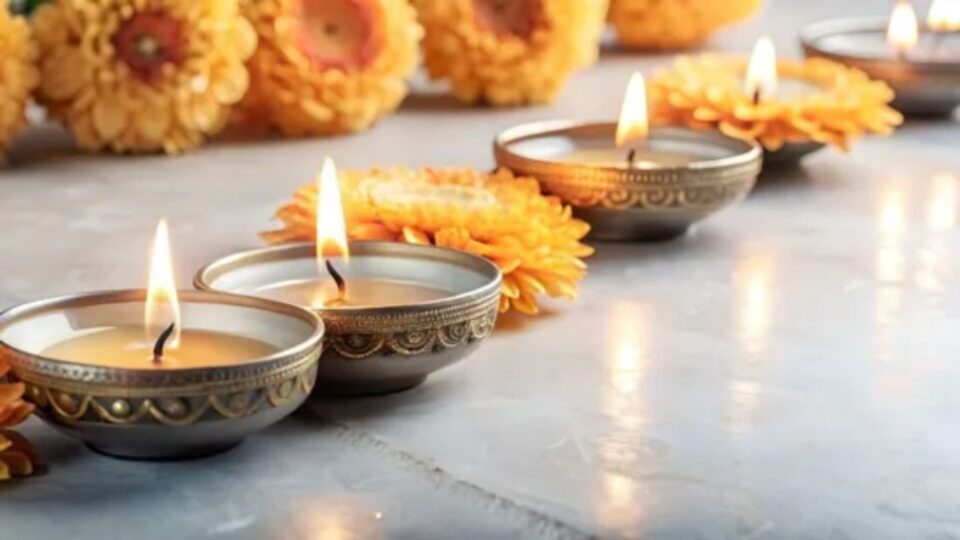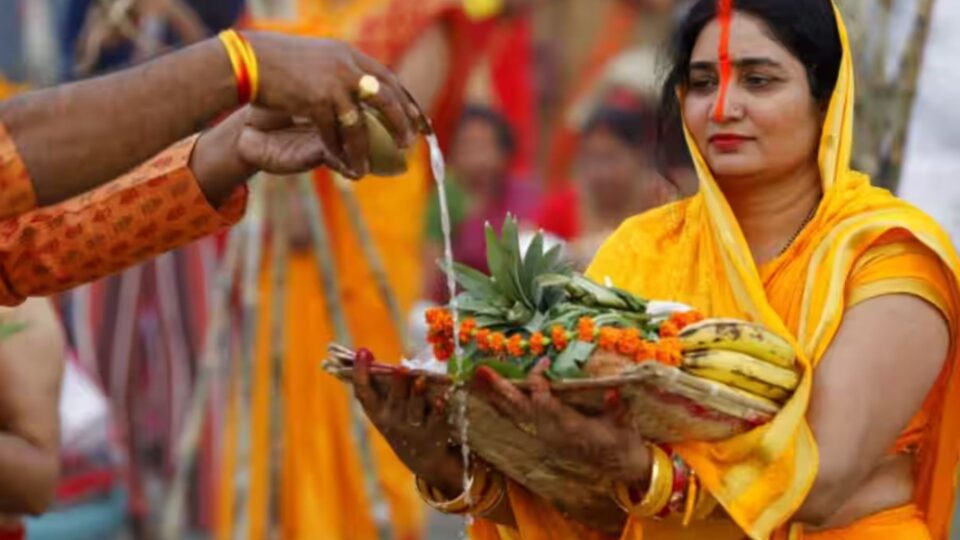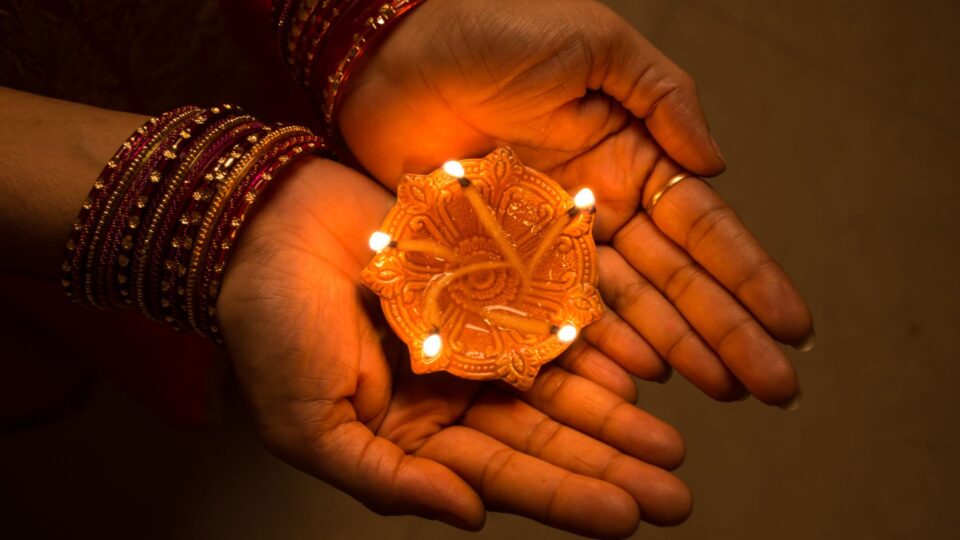It’s Holi time! Without any question, it is the most beautiful and colourful celebration we have. But there is a downside to everything. And other than the fact that the colours and excessive dryness seriously damage skin and hair.
On this particular day, we apply colours and water to each other. However, because of the festival’s popularity, synthetic colours are being marketed in the market, which is exceedingly damaging to the skin and general health.
These inexpensive, toxic colours are overflowing the markets. Either they have no other choice or these colors are less expensive than the natural colors, which is why many choose these. But since this is so dangerous, you should go with natural and safe colours instead. This is for the environment’s protection as well as your own.
Artificial colours have two main adverse impacts: they are bad for the environment and seriously damage human health and skin. In the past, spring-blooming plants and flowers were used to make colours. Since colds and the flu are common at this time of year, individuals managed to recover fast due to the medicinal properties of the plants.
However, artificial colours have become more popular than safe and natural colours due to industrialization and the growing popularity of festivals. These colours are inexpensive, yet they cause several health issues. You must exercise caution since these issues might be mild or potentially serious, such as skin cancer or temporary blindness.
It is harmful to the environment in addition to being bad for your skin. This is due to the highly structured, difficult-to-decompose polymers used in artificial colouring.
Use natural and safe colours to keep both the environment and yourself safe. Though it might be challenging to locate natural colours in stores, don’t worry—we’re here to teach you how to make eco-friendly Holi colours at home. Not only is it exciting to do, but it’s also not that hard. So, gather all the ingredients to create your colours and celebrate Holi in safety, not having to worry about damaging your skin or health.
How To Make Colours At Home?
Red Holi Colour
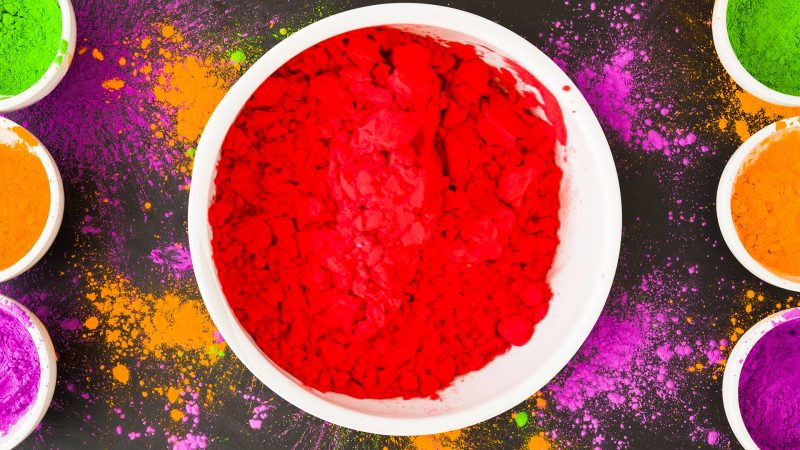
Pick some of the red hibiscus flowers. Dry them out till they get crisp. To make a fine powder, grind the dried flowers. Red sandalwood is another option for this. Add equal amounts of rice flour to the powder to make it more voluminous. Pomegranate peels may be boiled in water to create wet colouring.
Yellow Holi Colour
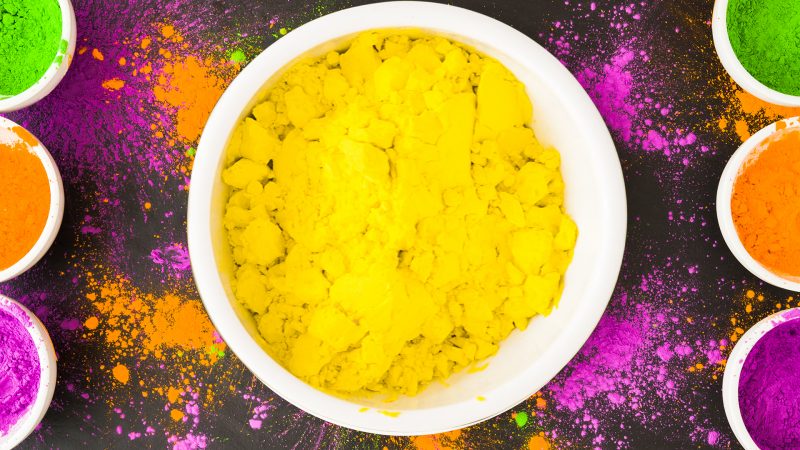
Add the gram flour and turmeric powder in a 1:2 ratio, respectively. To produce a dry gulal, blend them. Consider any yellow flower, like marigolds. To create wet colours, crush it and boil it in water.
Green Holi Colour
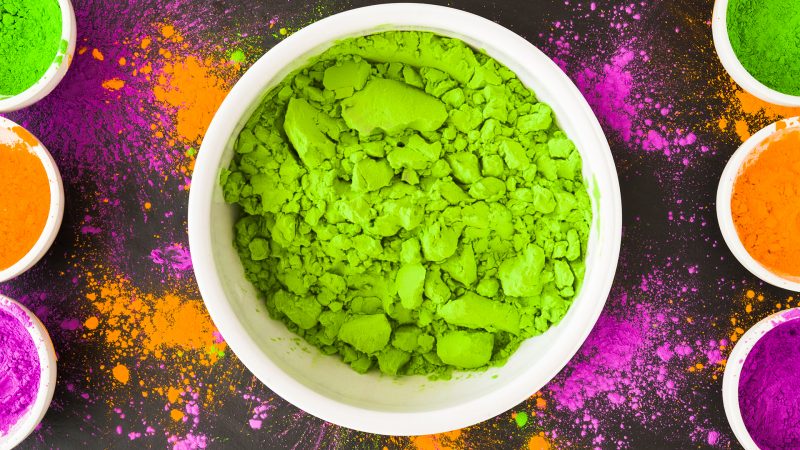
Apply mehndi or henna powder to create a green colour. You can boil any green leafy vegetable in water or mix henna powder with water or oil to achieve wet colours. It should be noted that henna that has been soaked in water may leave stains.
Magenta Holi Colour
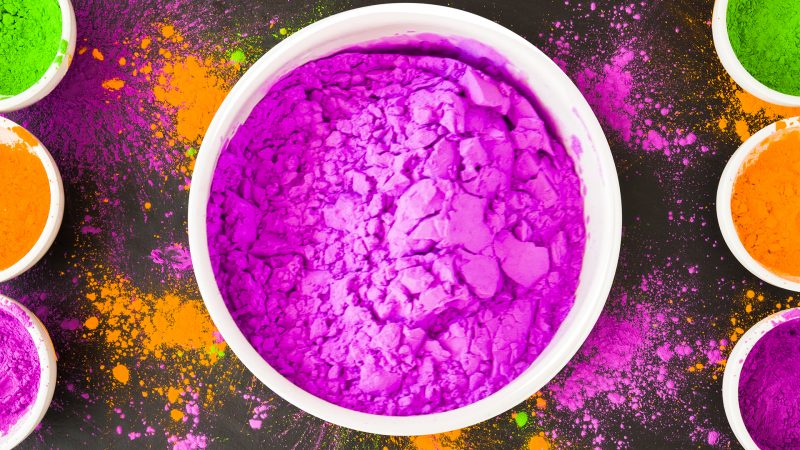
Cut the beetroots into slices. Next, dip it in water and let it sit overnight. Red onions can also be used to achieve this colour.
Blue Holi Colour
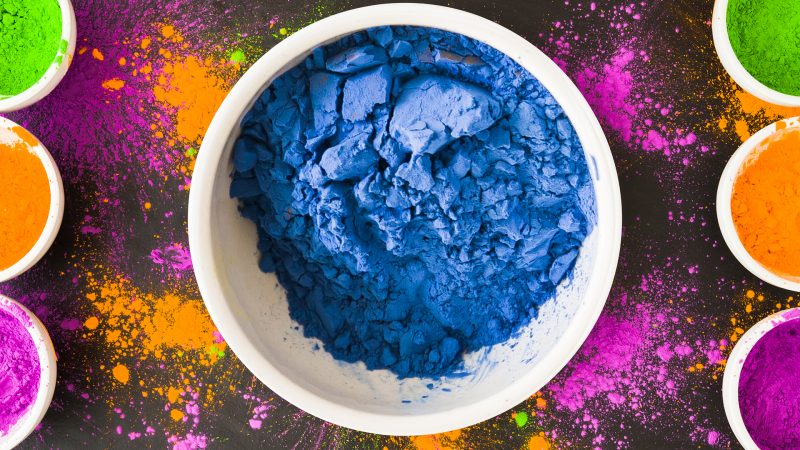
Dry the petals of blue hibiscus flowers and powder them. Next, crush the dried petals and combine them with an equal amount of rice flour. In this way, a blue-coloured gulal will be created. Simply use jacaranda flowers to achieve a moist colour. To make a powder, dry them out and crush them. Next, mix the powder with water.
Purple Holi Colour
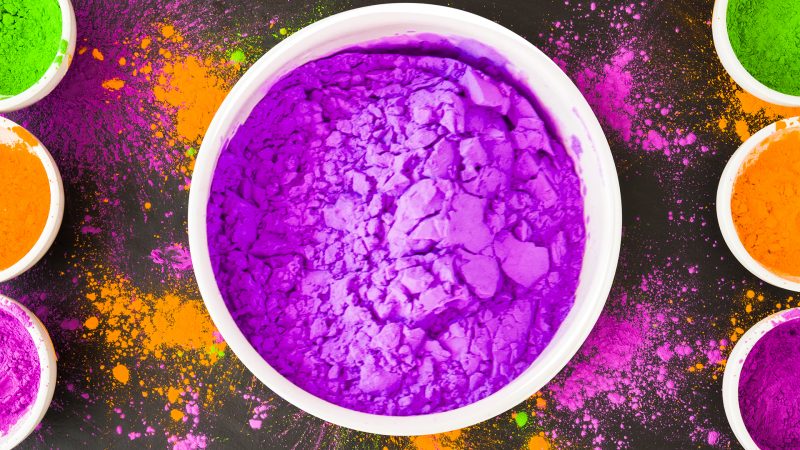
Grind four to five black carrots in a mixer grinder. Now, add one cup of cornflour to it to achieve the desired purple colour.
Orange Holi Colour
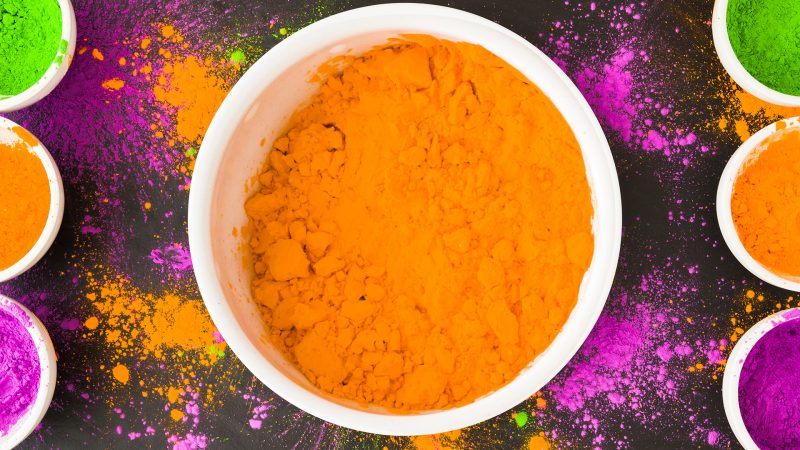
To create the colour orange, you will need a popular flower known as the Flame of the Forest. Make a fine powder when the petals have dried. Add the flour now and mix well. As an alternative, you can soak saffron in water to create a moist colour.
Grey Holi Colour
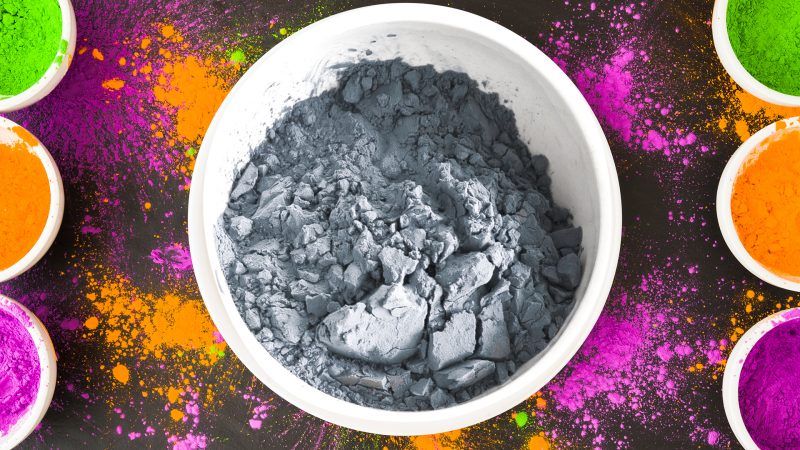
It takes creativity to create eco-friendly colours during Holi, and creating unique colours is not difficult. Try your hand at creating the colour grey and be a little unique. Add amla to a grinder. Add cornflour now and thoroughly mix. To obtain a fine powder that is convenient to use for Holi.
If the methods listed above are too complicated for you, you can simply buy food colours from the market. You can select whatever colour you like, including yellow, red, green, and blue. To achieve a wet colour, simply mix it with water.
Add cornstarch to this mixture in an appropriate quantity if you want dry colours. After that, let it dry. You may use a mixer grinder to grind the mixture into a fine paste once it has dried out. You can have a safe and environmentally responsible Holi without having to worry about anything by trying these easy tips for making Holi colours at home.

